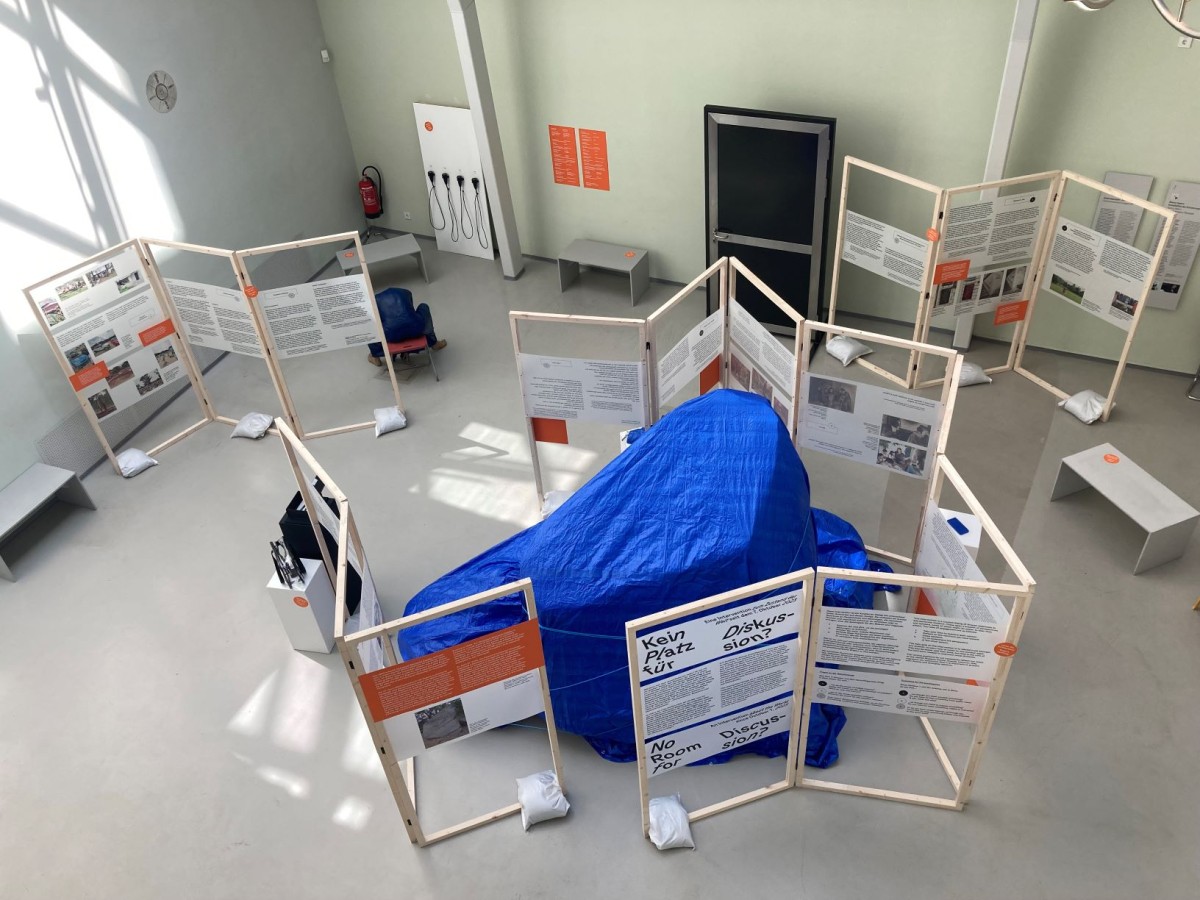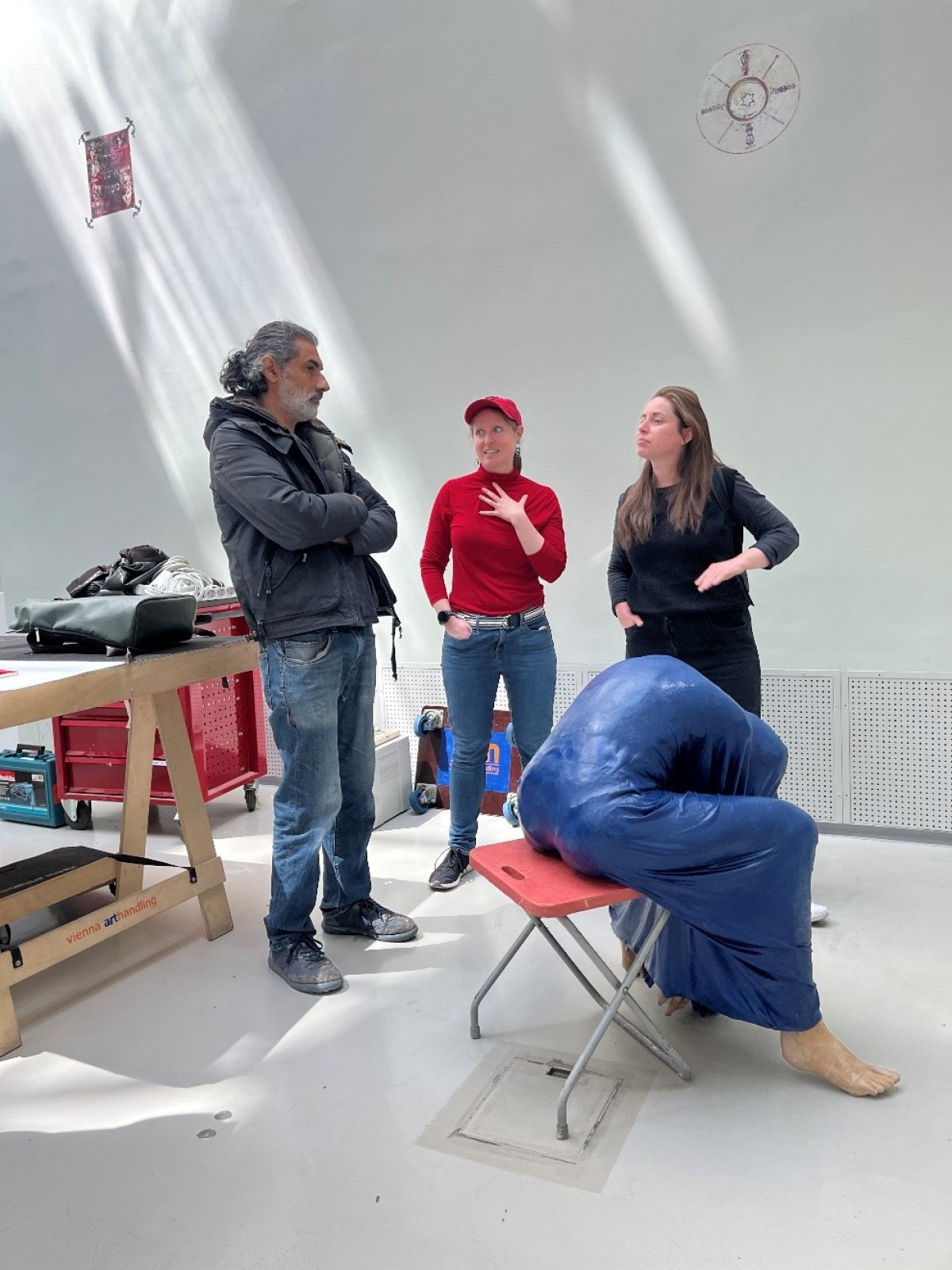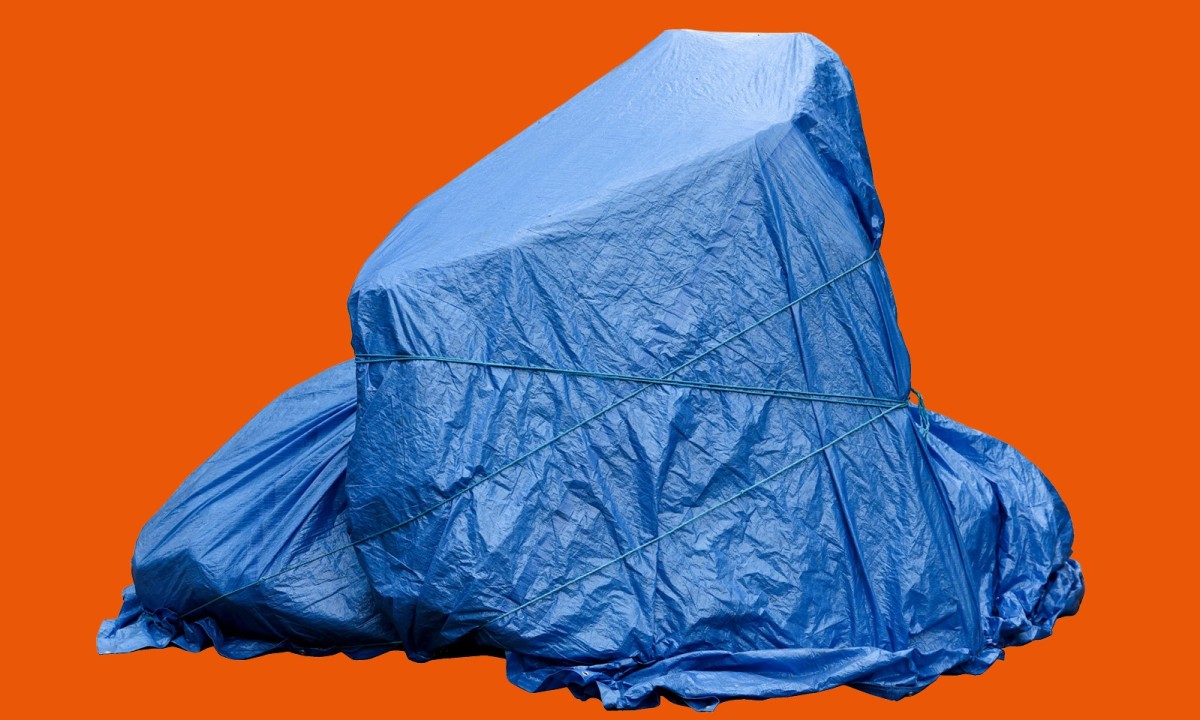Mourning as a Cultural Structure
For nearly two years, Palestine and Israel have been engulfed in war. The full scale of destruction and loss is still unfolding, but the experience of mourning is already tangible and deeply present. War is not only a political and social condition - it is also a personal and collective experience of grief and bereavement.
In both Jewish and Islamic traditions, mourning is a structured set of rituals and embodied gestures that frame and give presence to emotional responses to death and loss. It is not merely a private reaction, but a cultural practice that offers the dead a dignified farewell and the living a structured path toward healing and continuity. Expressions of mourning involve the suspension of routine, collective remembrance, and distinct physical elements - sitting or kneeling on the ground, covering the body - as well as vocal and verbal forms, such as lamentation.
As both a rhetorical and poetic act, lamentation employs repetition, invokes loss, and serves as a form of memorialization. It functions as a cultural mechanism that traverses the private and the public, linking individual sorrow to collective trauma. Through the body and the voice, grief is rendered visible, shared, and recognized. Grief thus becomes part of the social fabric.

© JMW, Caitlin Gura
Inbal Volpo/Osama Zatar
Lament / קינה / رثاء
2025
Thixotropic epoxy & fabric, 1.6m x 1.6mSound installation Arabic, Hebrew, English & German
The Sculpture
The sculptural work presents a kneeling figure, entirely covered in fabric - a visual gesture toward the embodied experience of grief and sorrow. Bearing the weight of loss, the figure invites viewers to reconsider the relationship between body and mind, and the ways in which personal pain is entangled within broader social and historical frameworks during times of crisis.
The Holocaust Memorial in London’s Hyde Park consists of two parts: a visual form and a textual element - verses from the Book of Lamentations. These two layers overlap, but the act of covering the monument disrupts this alignment. The words of Lamentations - traditionally a poetic lament of a woman mourning the death of her children and the destruction of her city - are symbolically erased from public space, as if grief itself has been removed from public consciousness.
This erasure can be understood as symptomatic of an era in which mourning is politicized, categorized, and even suppressed. When grief is born out of violence, sectarianism, and vengeance, its erasure becomes a political gesture - especially in a moment of intensifying nationalism and the rise of fascist tendencies. The work asks: whose grief is allowed to be seen? Whose sorrow becomes unspeakable?

© Caitlin Gura, Jüdisches Museum Wien
Bird’s eye view of the intervention No Room for Discussion? Located in the upper left corner is the Lament installation
The Sound Installation
The sound installation responds to the covering of the Holocaust memorial in London during a pro-Palestinian demonstration - purportedly to protect it, but in practice to obscure it from public view. This covering became an act of symbolic erasure, raising urgent questions about visibility, memory, and the limits of collective mourning.
As in the covered monument, here too the Book of Lamentations - a poetic expression of devastation and loss - undergoes a dual process of presence and disappearance. The multilingual reading in Hebrew, Arabic, English, and German lends the text resonance across languages and cultures. Yet the multiplicity of voices also reveals the limits of listening: can we truly hold space for another's grief? Does recognition of one form of loss inevitably come at the expense of another?
Unlike the original biblical text, which attributes suffering to divine will, this work takes a human-centered stance. It rejects the notion of a distant or divine cause, and instead points directly to human agency as the source of violence, destruction, and grief. It does not seek refuge in the mythical or unknowable - it demands accountability.
This framing is especially urgent in the face of the ongoing war crimes and crimes against humanity in Gaza. The work insists that mourning cannot be detached from political responsibility. Through voice, absence, and tension between visibility and silence, it challenges the hierarchies of remembrance and the politicization of grief.
Between the spoken word and the silenced space, the work asks: what remains when memory is erased, and how can the human voice resist that erasure?
Sound Installation Readers:
Esther Wratschko (German, English)
Inbal Volpo (Hebrew)
Oula Al Khatib (Arabic)

© JMW, Violeta Villacorta
From left to right: Osama Zatar (OneState Embassy artist), Caitlin Gura (JMW curator), and Inbal Volpo (OneState Embassy artist) on the day of the installation of the intervention, standing behind the Lament sculpture
About the Autors
Inbal Volpo is an artist based in Vienna. Her experiences of growing up in a settlement along the Green Line Border in Israel shape her work, where she explores the fluidity of borders and their inherent contradictions in both personal and collective contexts.
Osama Zatar is sculptor and political artist based in Vienna and founding member of the OneState Embassy artist collective. Born in Ramallah, his artwork touches upon his personal experiences in the on-going political conflicts in Israel/Palestine. Through his work, he is searching for solutions to overcome division, to find common ground, and create a hopeful narrative.
OneState Embassy is a collective of Palestinian and Israeli artists based in Vienna. Founded in 2009, the artist group is dedicated to overcoming divisions and conflict by finding paths to unity and coexistence.
Links:



